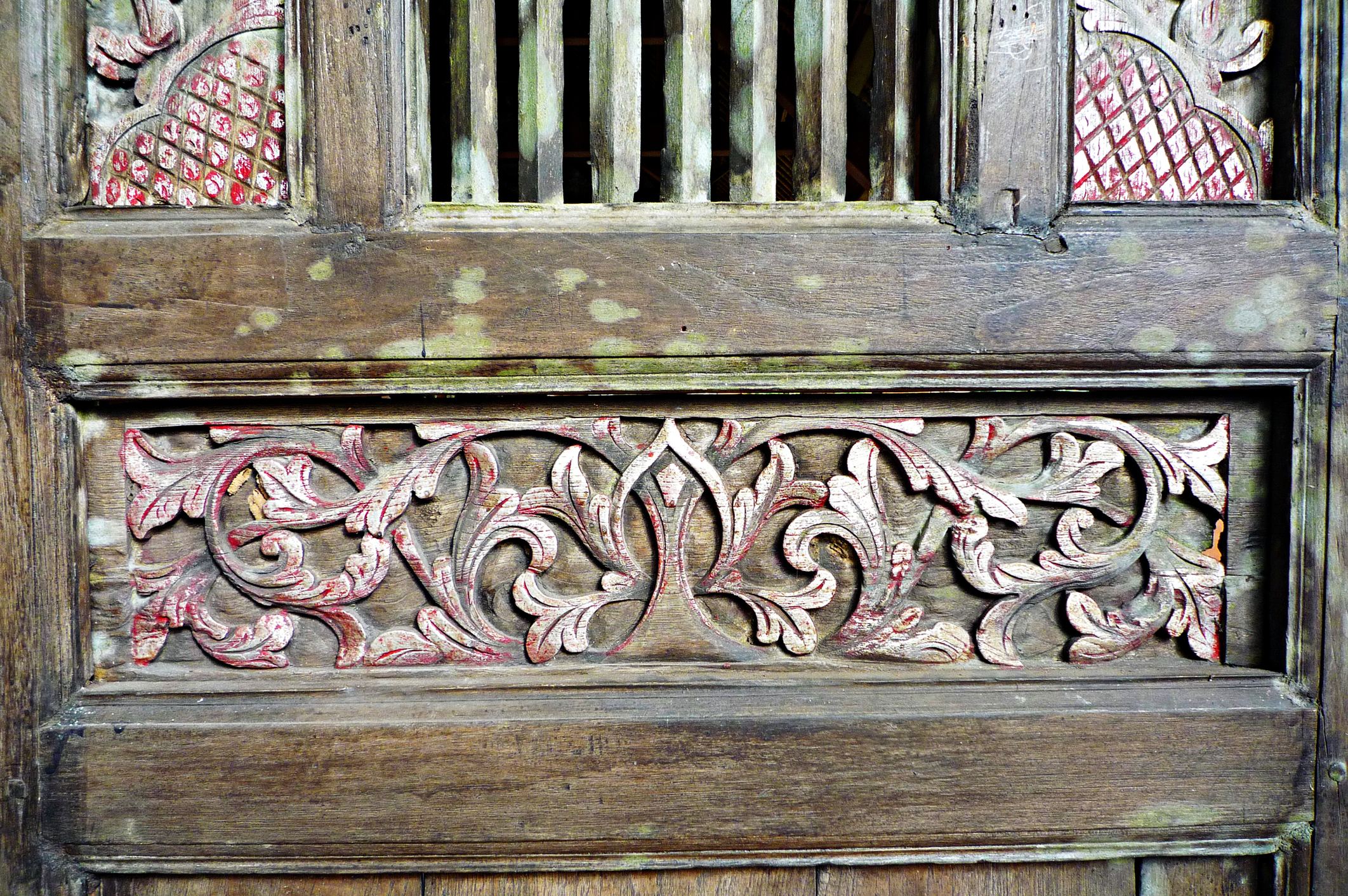You might be able to remove mold from wood safely if the moldy object or area is no larger than 10 square feet according to the CDC. Before working with moldy wood, though, put on a face mask to help you avoid breathing in spores. Wear safety goggles to protect your eyes. Also, use rubber gloves to protect your hands from the mold and chemicals you’ll be using.
It’s best to wear old clothes that can get soiled. If inside, keep the area well-ventilated and turn off fans that may spread the mold spores. Ideally, you should handle the infested object outside.
What Removes Mold Spots From Wood?
You can try a variety of natural or chemical products to eliminate mold spots from wood. What’s best for your situation depends on whether the wood has been stained or painted. Stained or painted wood is non-porous, so the mold remains on the surface. Unstained or unpainted wood is porous, so it absorbs water and lets mold grow roots deep within.
It’s fine to try more than one product to clean up mold, but avoid mixing solutions.
The following items can kill mold on wood:
- Diluted liquid dishwashing detergent
- Distilled white vinegar
- Hydrogen peroxide
- Borax and water solution
- Cheap vodka
- Commercial mold stain cleaner
Bleach can kill mold on non-porous items such as painted wood. However, chlorine doesn’t penetrate porous surfaces such as untreated wood to kill mold. Porous wood will absorb only the water portion of bleach, which could make your mold problem worse.
Cleaning Wood Structure With Mold Growth
Use a vacuum with a HEPA filter to catch any loose mold spores near the moldy wood. Spray the affected surface with your preferred cleaner and let it sit for an hour. Scrub gently with a soft bristle brush, then wipe away mold residue with a damp sponge or cloth. Ventilate the space to expose the moldy wood structure to fresh air and direct sunlight.
Removing Black Mold From Wooded Furniture
Mold doesn’t penetrate stained or painted wood, so you can clean this type of furniture with dishwashing detergent and water. For greater results, spritz the mold spots with white vinegar, let the vinegar sit for an hour, then wipe clean. Avoid saturating the wood, and wipe away excess water as you clean. If necessary, sand the affected area to remove mold residue.
Once you’re satisfied, apply a high-quality wood cleaner to nourish the wood. You may also need to refinish or seal the wood to help prevent further damage.
How To Prevent Mold From Regrowing On Wood
Mold spores are always around and need moisture to grow. Prompt cleanup and moisture control are essential to keep mold from regrowing and damaging your wood. Dry any damp or wet surfaces within 1-2 days. You’ll need to fix any leaks or other water problems to eliminate sources of moisture, too.
Reduce humidity and increase ventilation within indoor spaces by keeping windows open or using exhaust fans in mold-prone areas. Raise the indoor temperature on air conditioners or dehumidifiers. However, if you think that your HVAC system may be contaminated with mold, avoid using it. Consult the EPA guide “Should You Have the Air Ducts in Your Home Cleaned?“.
When To Hire a Professional To Remove Mold From Wood
In cases of extensive water damage, or where mold growth affects more than 10 square feet, you may need professional assistance. If you decide to hire a professional to remove mold, check their references and make sure they follow the EPA’s recommendations. Consult the EPA guide Mold Remediation in Schools and Commercial Buildings, which applies to homes as well.

